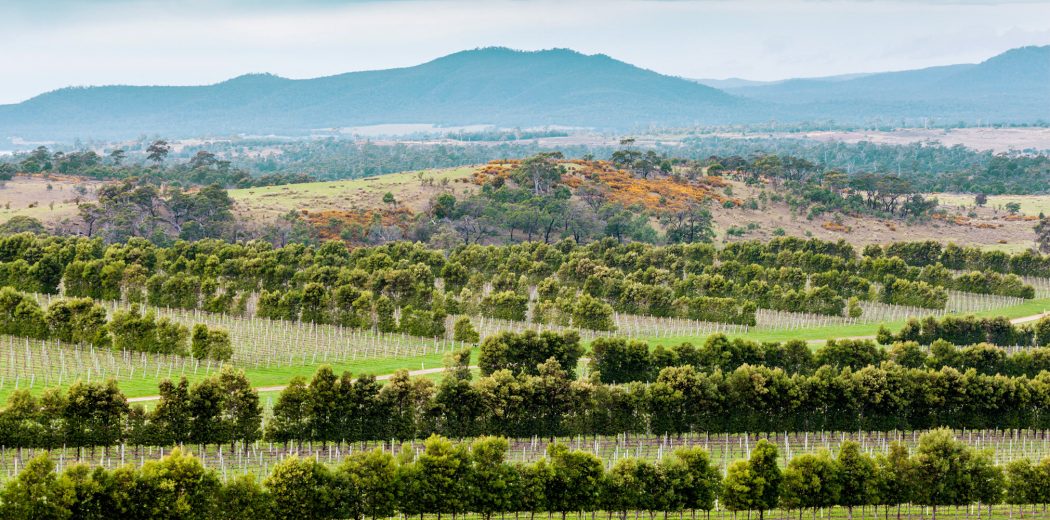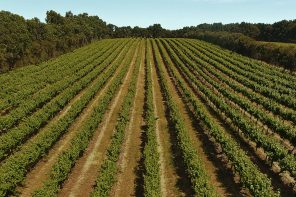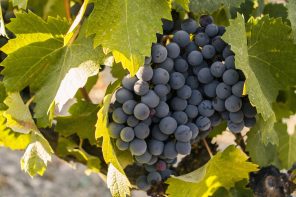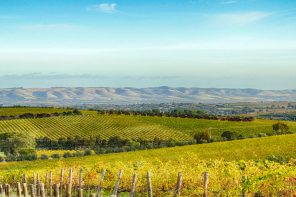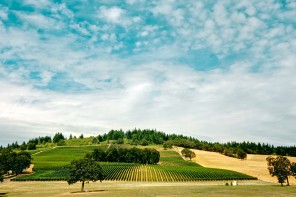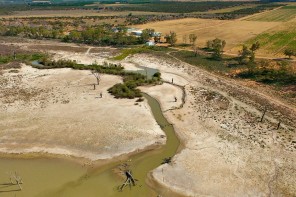While many of us think of boozy, bold Shiraz as the face of Aussie wine (a sweeping generalization that belies the many facets of wine Down Under), when it comes to Australian wine, we’re actually spoiled for choice. The regions of Australia are distinct from one another and offer everything from rich, generous styles, to those which are characterized by more elegance and finesse. If you’re a fan of the latter category, Tasmania is poised to become the next big thing coming out of the Australian wine world. Although it may only make up a tiny slice of the country’s winemaking, rest assured, Tasmania is Australia’s next big wine region.
Due to its more southerly latitude (with respect to the rest of Australia), coupled with breezes coming off the Indian Ocean, Tasmania is blessed with an overall cool climate. In a country whose wine regions tend to be dominated by warm to hot temperatures, being those extra few degrees of latitude closer to the Antarctic is a real boon. Given all this, cool climate varieties do best here. Think along the lines of Pinot Noir, Chardonnay, Sauvignon Blanc, Pinot Gris and Riesling, to name a few. But that’s not all. Thanks to the topography of the island, the likes of Cabernet Sauvignon and Merlot can successfully grow in certain areas, especially now that vintages are getting warmer.
See, Tasmania is Australia’s most mountainous state. These mountains help shield vineyards from the Roaring Forties, powerful westerly winds which bring plenty of rain in tow, rain which is relatively confined to the western part of the island. The protection offered by these central mountain ranges means that not all of Tasmania is subject to brutal rainstorms. The sheltered parts of the island make for excellent areas to cultivate the vine.
When we talk about Tasmanian terroir, we’re discussing wildly diverse soils, microclimates and aspects of vineyards. The bedrock and soil alone are made up of dozens of types, each of which has its own unique influence on vines. Volcanic dolerite, sandstone, alluvial sediment…the list goes on and on. Tasmania is ancient (it’s believed that the island was once bookended by Antarctica and North America, some 1.4 billion years ago) and geologically complex. If you love tasting terroir when you crack open a bottle of wine, look no further than Tasmania.
In addition to still reds and whites, Tasmania makes sparkling wines produced in the Champagne tradition. The best use the classic champenoise blend of Chardonnay, Pinot Meunier and Pinot Noir. While we’re on the topic, Tassie Pinot Noir is easily some of the best coming out of Australia. In certain respects, the wines of Tasmania recall those of other cool regions like Burgundy, Willamette Valley and others. In other words, we’re talking about some real high-quality fermented grape juice.
So far, the Tasmania GI (Geographical Indication) is the only one on the island, à la Champagne; Tasmania’s emerging subregions are unofficial but worth knowing if you fancy trying the wines of this gorgeous little island. Up in the north, Tamar Valley and Pipers River rule the wine scene. It’s cool climate country here. Once you head to the south, you’ll want to keep an eye out for wines from Derwent Valley, Coal River Valley and Huon Valley. Several others exist, but these are your starting points for getting to know Tassie wine.
The Island of Inspiration is home to some truly inspired winemakers and is most definitely at the forefront of the new trend in Australia towards more elegant wines. It may be smaller than Australia’s other states, but as far as winemaking is concerned, Tasmania has just as much to contribute to the world as mainland wineries.

